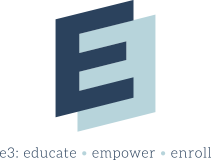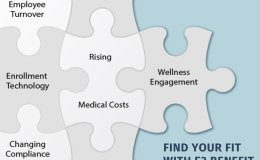For most companies, ERISA requirements can seem like a distant reality, because they are designed to apply to plan administrators, and only a minority of the companies offering employee benefits administrate their ERISA-covered benefits plans themselves. Still, it’s important your benefits specialists understand those requirements because there are certain obligations under the law that apply to your organization even when another administrator runs the plans for you. It’s also important for any company to be able to audit its service providers, so you’ll need this information for those events as well.
The plans covered by ERISA’s rules range over most of the non-pay benefits employers offer. Daycare, legal services, retirement accounts, and even health insurance are all defined as employee welfare plans under the law, and that means you’re subject to the requirements of that law. For most covered benefits you hire an outside administrator to run, your legal requirements as the employer amount to disseminating information clearly and accurately, as well as auditing your administrator’s compliance with ERISA requirements. When it comes to retirement plans, though, the rules are more complex. Your obligations can vary a lot depending on how the plan is set up, and you will need to work with your administrator to fully understand your liabilities and responsibilities.
Maintaining an up-to-date knowledge base in your HR so you can properly oversee the administration of all your employee benefits means having the tools to get the most out of them because when you fully embrace the spirit of these requirements, you are also following most of the best practices for employee buy-in and participation, and that means getting the return on your investment that you expect when you invest in helping your employees grow to become happier, healthier, and more productive.
Understanding the ERISA requirements is just one step in this process, but it’s an important one. Make sure you have a plan for maintaining that knowledge base within your HR department to keep getting the most out of your employee welfare benefits.







Leave a Comment
You must be logged in to post a comment.